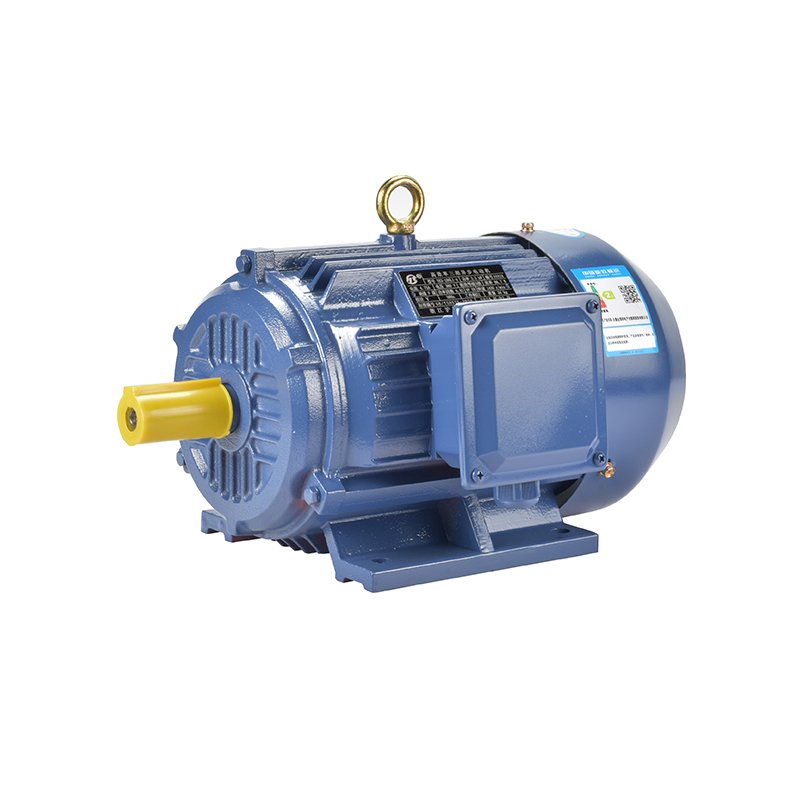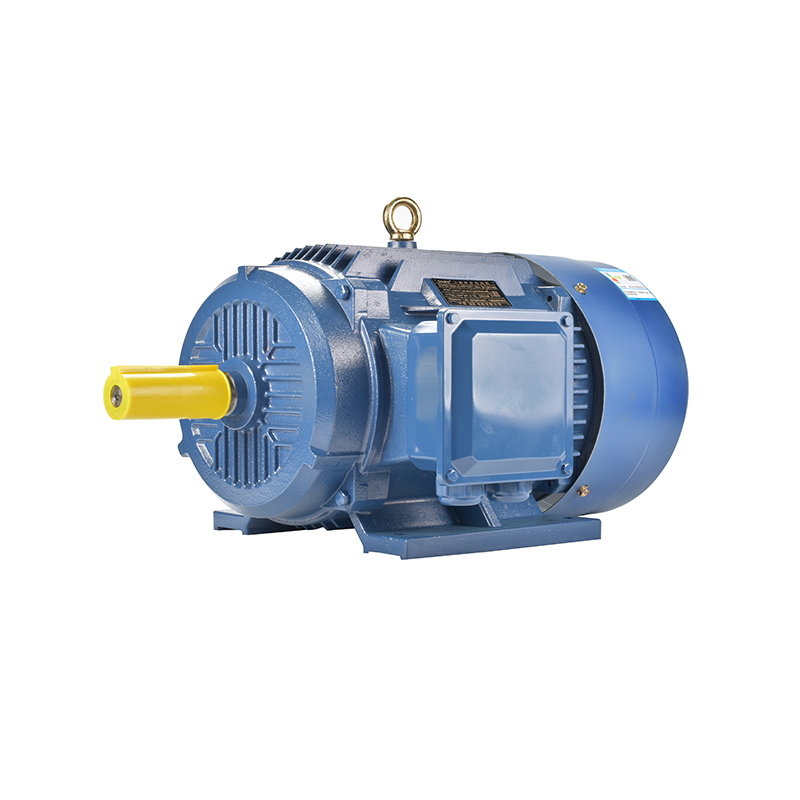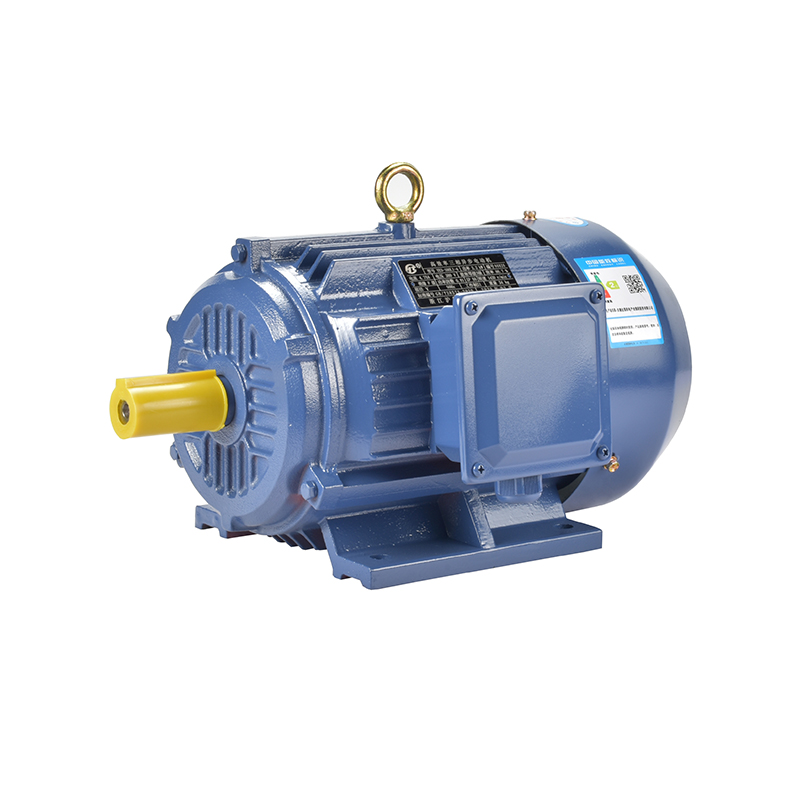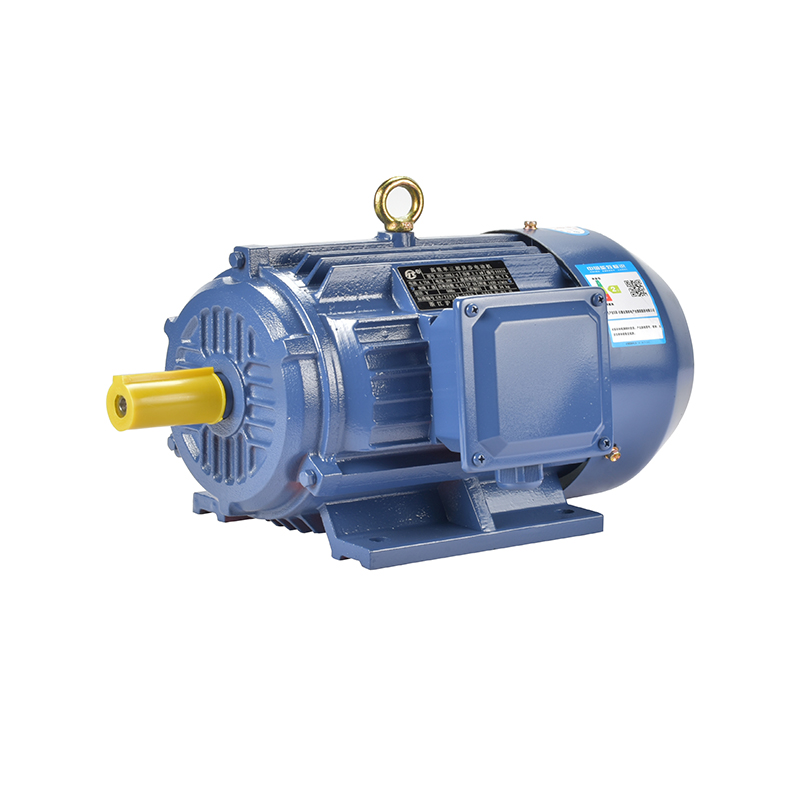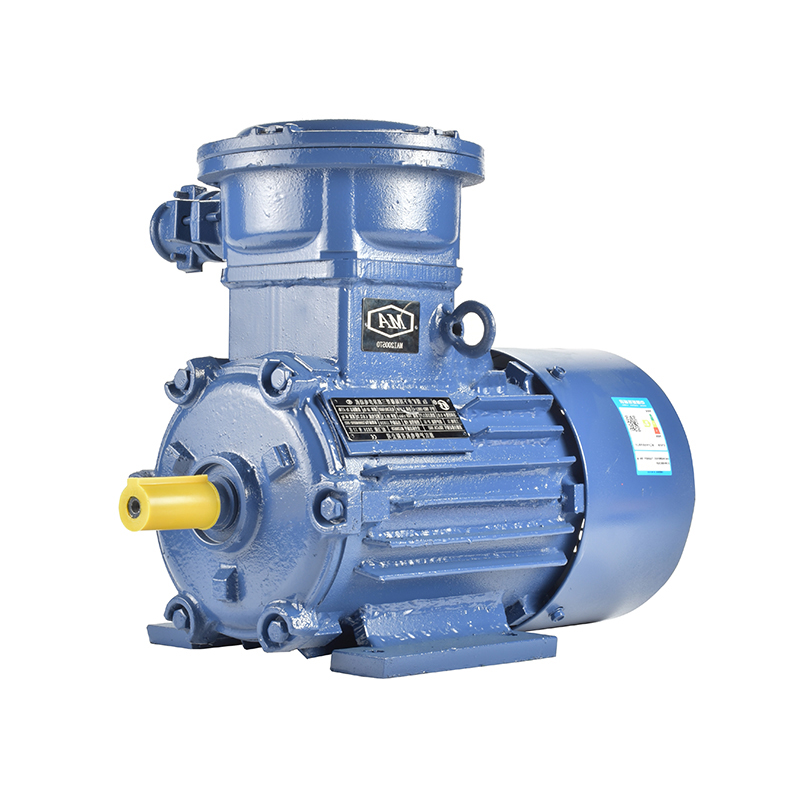Labor And Skill Development In The Motor Manufacturing Sector
The motor manufacturing sector plays a vital role in various industries worldwide, providing essential components such as single phase motor and three phase motor designs used across numerous applications. As technology advances and product demands evolve, the development of labor skills within this sector becomes increasingly important to maintain product quality and meet the diverse needs of customers.
One key area where skill development is critical involves the production and assembly of 3 phase industrial motor units. These motors are widely used in industrial settings for their ability to deliver stable and efficient power in heavy machinery. Unlike single phase motors, which are typically found in smaller applications such as household appliances or light machinery, 3 phase motors offer advantages like higher efficiency and better torque performance, making them indispensable in sectors like manufacturing, mining, and HVAC.

The manufacturing of such motors requires a workforce well-versed in the specifics of motor components and assembly techniques. This includes understanding the properties and handling of motor magnet permanent materials, which are essential in creating motors with consistent magnetic fields. Permanent magnets play a key role in ensuring the motor's reliability and energy efficiency. Workers involved in the winding, magnet insertion, and rotor assembly must have precise skills and a keen eye for detail to avoid defects that could impact the motor’s lifespan and performance.
Training programs focused on both technical knowledge and hands-on experience are necessary to keep up with the evolving demands of the motor manufacturing sector. For instance, as the industry increasingly adopts permanent magnet motors, understanding the differences between traditional electromagnet motors and those utilizing permanent magnets becomes essential. These magnets require specific handling due to their magnetic properties and potential hazards during assembly, which highlights the need for specialized worker training.
The distinction between single phase motor and three phase motor manufacturing also influences skill requirements. Single phase motors are generally simpler in design but require a strong grasp of electrical theory and wiring to ensure proper functioning. Three phase motors, on the other hand, often involve more complex stator winding patterns and require workers to be proficient in advanced electrical and mechanical assembly techniques.
Furthermore, the rise of automation in motor production lines has reshaped the labor landscape. While machines and robots can handle repetitive tasks such as coil winding or stamping, human oversight remains critical for quality control, troubleshooting, and fine-tuning. Operators and technicians must develop skills in operating automated equipment, programming, and maintenance, which often calls for continuous education and certification.
Beyond technical training, safety awareness is another crucial component of labor development. Handling heavy components like rotors or stators, working with powerful magnets, and managing electrical assemblies expose workers to certain risks. Effective safety protocols and training help reduce accidents and ensure a healthy working environment, which in turn supports consistent productivity.
The motor manufacturing sector also benefits from cross-disciplinary knowledge. For example, workers familiar with both mechanical aspects and electrical systems tend to adapt better to integrated motor designs and evolving customer demands. This is especially relevant as new materials and technologies emerge, such as improved permanent magnet compositions or advanced insulation materials for stators.
In many regions, the supply of skilled labor for motor manufacturing can be a challenge due to shifts in education priorities and competition from other industries. Partnerships between manufacturers and vocational schools or technical colleges have proven effective in bridging this gap. These collaborations can offer apprenticeships, internships, and tailored curricula focused on motor technology and production skills.
In addition, on-the-job training remains a cornerstone of skill development. Experienced workers mentoring newcomers help pass down valuable knowledge about practical techniques, troubleshooting common issues, and understanding customer requirements. Such knowledge transfer preserves craftsmanship standards while supporting innovation and adaptation.
The diverse applications of motors—from household appliances using single phase motors to heavy machinery relying on 3 phase industrial motors—mean that manufacturers must ensure their workforce can handle various product lines with confidence. Skill development programs tailored to different motor types and production processes enable companies to maintain flexibility and respond to market changes efficiently.
In conclusion, labor and skill development in the motor manufacturing sector is a dynamic process influenced by technological advancements, product diversity, and market demands. A workforce proficient in assembling motors with components like motor magnet permanent materials, and knowledgeable about the distinctions between single phase motor and three phase motor technologies forms the backbone of reliable motor production. Investing in continuous training, safety education, and industry collaboration helps maintain manufacturing quality and supports the sustainable growth of the sector.
-
Feedback



 English
English русский
русский Español
Español عربى
عربى

